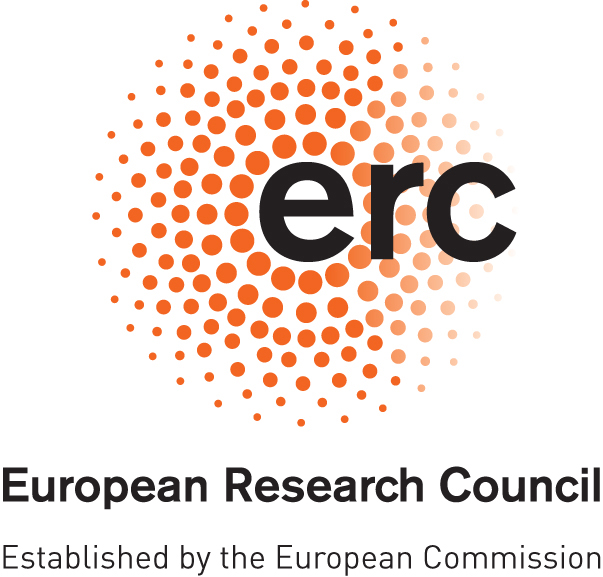
Computing


ACM Transactions on Graphics (Siggraph 2021)
Triangle mesh-based simulations are able to produce satisfying animations of knitted and woven cloth; however, they lack the rich geometric detail of yarn-level simulations. Naive texturing approaches do not consider yarn-level physics, while full yarn-level simulations may become prohibitively expensive for large garments. We propose a method to animate yarn-level cloth geometry on top of an underlying deforming mesh in a mechanics-aware fashion. Using triangle strains to interpolate precomputed yarn geometry, we are able to reproduce effects such as knit loops tightening under stretching. In combination with precomputed mesh animation or real-time mesh simulation, our method is able to animate yarn-level cloth in real-time at large scales.
Short 5min Version: https://youtu.be/MYf2vdybC_U
This paper has been awarded the Graphics Replicability Stamp: http://www.replicabilitystamp.org/#https-git-ist-ac-at-gsperl-madypg
@article{sperl2021madypg,
author = {Sperl, Georg and Narain, Rahul and Wojtan, Chris},
title = {Mechanics-Aware Deformation of Yarn Pattern Geometry},
journal = {ACM Transactions on Graphics (TOG)},
number = {4},
volume = {40},
year = {2021},
publisher = {ACM}
}
We wish to thank the anonymous reviewers and the members of the Visual Computing Group at IST Austria for their valuable feedback. We also thank Seddi Labs for providing the garment model with fold-over seams. This research was supported by the Scientific Service Units (SSU) of IST Austria through resources provided by Scientific Computing. This project has received funding from the European Research Council (ERC) under the European Union’s Horizon 2020 research and innovation programme under grant agreement No. 638176. Rahul Narain is supported by a Pankaj Gupta Young Faculty Fellowship and a gift from Adobe Inc.

